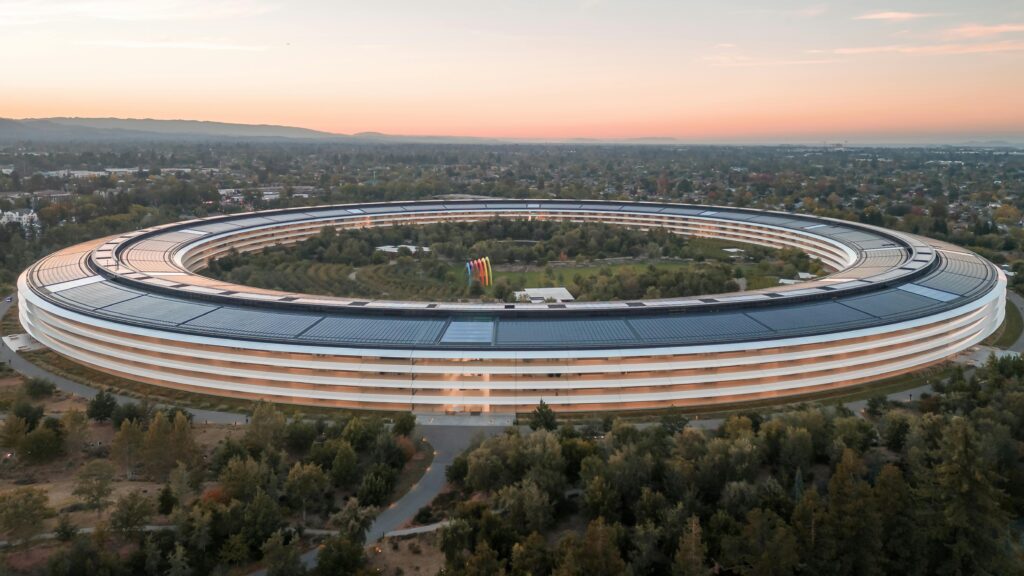- Introduction to Starlink
- What is Starlink?
- Overview of its mission and purpose
- How it fits within SpaceX’s broader goals
- The Technology Behind Starlink
- Overview of satellite internet technology
- Low Earth Orbit (LEO) satellites vs. traditional satellites
- Starlink’s satellite constellation and its advantages
- How Starlink Works
- Explanation of the infrastructure (satellites, ground stations, user terminals)
- The role of phased array antennas and satellite hand-offs
- How the system maintains internet speed and latency
- Starlink’s Global Reach and Impact
- Areas Starlink currently serves
- Its plans for global expansion and increasing coverage
- Benefits for rural and underserved communities
- Starlink’s Competitive Advantage
- Comparison with other satellite internet providers (e.g., OneWeb, Amazon’s Project Kuiper)
- Differences between Starlink and traditional cable or fiber internet
- How it disrupts the telecommunications industry
- Challenges Facing Starlink
- Technical challenges (e.g., maintaining the satellite network, launch frequency)
- Regulatory hurdles and government policies
- Space debris and the environmental impact of launching satellites
- Starlink for Residential and Business Users
- Pricing and subscription plans
- Setup process and equipment needed
- Real-world user experiences and reviews
- Future of Starlink
- Planned advancements (e.g., higher speed, more satellites)
- Integration with other SpaceX missions like Mars colonization
- The future of satellite internet and the role of Starlink
- Conclusion
- Summary of Starlink’s current status and its potential
- The impact it could have on the internet industry and global communication
Outline for the Starlink Article
Introduction to Starlink
In today’s world, internet connectivity is crucial for almost every aspect of life, from work and education to entertainment and communication. However, millions of people, especially those living in remote and rural areas, still lack access to reliable high-speed internet. This is where Starlink comes into play. Developed by SpaceX, Starlink is a satellite internet project aimed at providing high-speed internet access across the globe, regardless of geography.
Starlink’s mission is simple but ambitious: to create a network of thousands of satellites in Low Earth Orbit (LEO) that deliver fast and reliable internet to even the most remote corners of the world. The project, led by Elon Musk’s SpaceX, is not just about connecting people; it’s about bridging the digital divide and transforming the way we access the web.
The Technology Behind Starlink
To understand how Starlink works, it’s important to know a little about satellite internet technology. Traditional satellite internet providers use satellites positioned far above the Earth, known as geostationary satellites. These satellites orbit at an altitude of about 35,000 km (22,000 miles), which creates high latency—meaning a delay between sending and receiving data. This latency makes traditional satellite internet unsuitable for many real-time applications like gaming, video conferencing, and streaming.
Starlink, however, uses Low Earth Orbit (LEO) satellites, which operate much closer to the Earth, at altitudes between 340 km and 1,200 km (about 210 to 750 miles). This reduces the time it takes for data to travel between the user and the satellite, resulting in much lower latency compared to traditional satellite internet. Starlink’s LEO constellation allows it to offer speeds comparable to fiber-optic networks in some cases, making it a game-changer for satellite-based internet services.
How Starlink Works
Starlink’s network consists of thousands of small satellites working together to provide seamless internet coverage. These satellites are constantly moving, and as they orbit the Earth, they communicate with each other to maintain a stable connection for users on the ground. This system relies on several components:
- Satellites: Starlink satellites are small and lightweight, designed to be mass-produced and launched in batches using SpaceX’s reusable Falcon 9 rockets. This reduces costs and allows SpaceX to rapidly expand the satellite network.
- Ground Stations: Ground stations, also known as gateways, are strategically placed around the globe. These stations are the link between the satellites and the global internet infrastructure. They communicate with the satellites and connect them to the internet, ensuring users receive high-speed data.
- User Terminals: Starlink customers receive a user terminal, often called a “Dishy McFlatface”, which is a small, self-adjusting satellite dish that connects to the satellites above. The dish uses a phased array antenna to track and connect to the satellites as they pass overhead. This technology allows it to switch connections seamlessly between satellites, maintaining a stable internet connection with minimal downtime.
Starlink’s Global Reach and Impact
Starlink has already launched thousands of satellites, and its service is available in various parts of the world, including North America, Europe, and parts of Australia. The project’s goal is to expand coverage globally, especially in remote regions where traditional internet infrastructure like fiber or cable isn’t feasible. For rural and underserved communities, Starlink provides an opportunity to access high-speed internet for the first time, unlocking new opportunities for education, business, and healthcare.
One of Starlink’s significant achievements is its ability to deliver internet to areas affected by natural disasters or conflict. In such cases, traditional infrastructure may be damaged or unavailable, making Starlink’s portable and quick-to-deploy technology a valuable asset. For instance, Starlink has been deployed in Ukraine to support communication needs amidst the ongoing conflict, demonstrating its potential in crisis situations.
Starlink’s Competitive Advantage
Starlink stands out in the satellite internet industry for several reasons:
- Low Latency: With satellites closer to the Earth, Starlink significantly reduces latency, making it suitable for applications that require real-time interaction like online gaming, video calls, and streaming.
- Global Coverage: Unlike fiber or cable internet, which depends on physical infrastructure, Starlink’s satellite network can reach remote and isolated regions where traditional options are not available.
- Scalability: SpaceX’s ability to launch satellites at a rapid pace using reusable rockets gives Starlink a cost advantage over competitors like OneWeb and Amazon’s Project Kuiper, which have yet to match SpaceX’s launch capabilities.
Challenges Facing Starlink
Despite its promising potential, Starlink faces several challenges:
- Technical Maintenance: Operating thousands of satellites requires constant monitoring and maintenance to ensure the network functions efficiently. SpaceX must also launch replacements as older satellites reach the end of their operational life.
- Regulatory Hurdles: Different countries have different regulations for satellite internet services, and SpaceX must navigate a complex web of policies to expand Starlink’s availability. In some countries, government restrictions may slow or even block Starlink’s entry.
- Environmental Concerns: The growing number of satellites in orbit has raised concerns about space debris and its impact on Earth’s orbit. SpaceX claims its satellites are designed to deorbit and burn up upon completion of their mission, but the risk of collisions remains a point of debate.
Conclusion
Starlink is poised to revolutionize global internet access by offering a scalable, high-speed, and low-latency solution that could reach the world’s most underserved areas. Despite facing technical, regulatory, and environmental challenges, the project has shown promising results and could be a game-changer in the telecommunications industry. As the technology continues to evolve and expand, Starlink could play a significant role in shaping the future of global connectivity.





